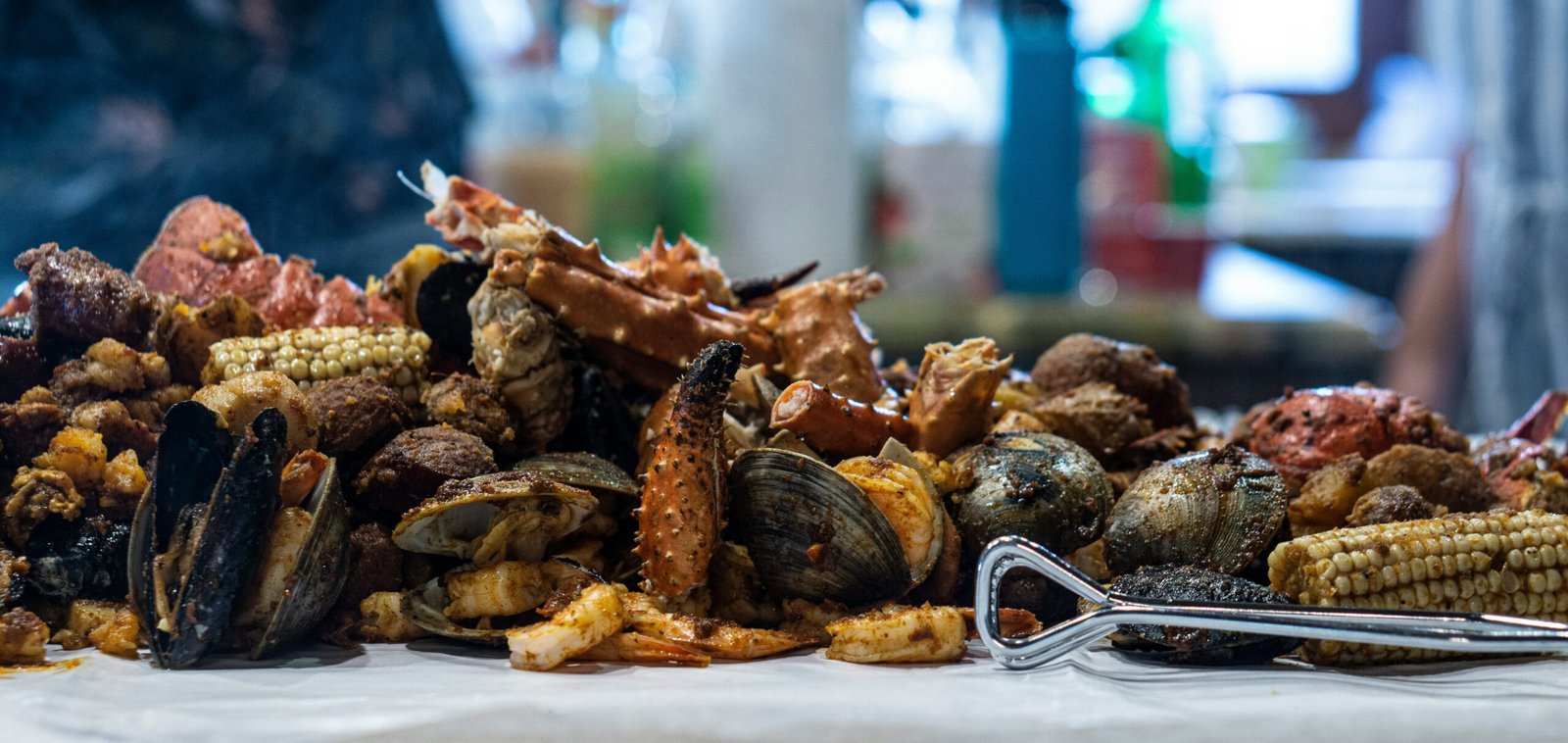
Southern Recipes for When You are Vacationing with Family: Time-Tested and Passed Down Through Generations
Introduction to Southern Cuisine Southern cuisine is a vibrant tapestry woven from the threads of history, culture, and community. This culinary tradition, steeped in rich flavors and hearty meals, has been passed down through generations, often becoming treasured family heirlooms. Each recipe carries with it stories of the past, reflecting the diverse influences that have…

Exquisite Summer Truffle Recipes: Gourmet Dishes to Impress at Home or Cater to Your Guests
“`html Introduction to Summer Truffles Summer truffles, scientifically known as Tuber aestivum, are a prized delicacy in the gourmet food world. Originating from the Mediterranean regions, including southern Europe and parts of North Africa, these truffles are harvested during the warmer months, typically from May through August. This seasonal availability is one of the key…

Refreshing Summer Time Recipes to Beat the Heat
Introduction to Summer Time Recipes It is hot out there, folks! When the temperature rises, the last thing anyone wants is a heavy meal that leaves you feeling sluggish. That’s why light but delicious summer time recipes are perfect for these sweltering days. Here, we share some refreshing dishes that are easy to prepare and…
Summer Truffles On the way!!
ForkHappy: Indulge in the Joy of Cooking
The Joy of Cooking Cooking is not just about preparing a meal; it is a journey that can be both fun and joyful. At ForkHappy, we understand the importance of this experience and aim to provide home cooks and chefs with fresh and unique ingredients to enhance their culinary adventures. Whether you want to experiment…
Embark on a Culinary Adventure with Forkhappy
Experience the Joy of Cooking with Forkhappy At Forkhappy, we believe that cooking is not just about preparing meals, it is a journey filled with fun and joy. We are passionate about providing home cooks and chefs with fresh and unique ingredients that will inspire them to experiment and create delicious dishes. Whether you are…
Experience the Joy of Cooking with Forkhappy
Experience the Joy of Cooking with Forkhappy At Forkhappy, we believe that cooking is not just a task, but a journey filled with joy and excitement. We are dedicated to providing home cooks and chefs with fresh and unique ingredients that will enhance their culinary adventures. Whether you want to experiment with new flavors or…
Welcome to ForkHappy: Enhancing Your Culinary Journey
Welcome to ForkHappy! At ForkHappy, we believe that cooking is a journey filled with joy and excitement. We are dedicated to providing home cooks and chefs with fresh and unique ingredients to enhance their culinary experience. Whether you want to experiment with new flavors or gift something special to a foodie friend or family member,…
Welcome to ForkHappy: Your Source for Fresh and Unique Ingredients
Welcome to ForkHappy! At ForkHappy, we believe that cooking is not just a task but a journey. It should be a fun and joyful experience for all home cooks and chefs. We are dedicated to providing fresh and unique ingredients that will inspire you to experiment and create delicious meals. Whether you are cooking for…
The Joyful Journey of Cooking with ForkHappy
Cooking as a Journey Cooking is not just about preparing food; it is a journey that can be both fun and joyful. At ForkHappy, we understand the importance of this journey and strive to provide home cooks and chefs with fresh and unique ingredients to enhance their culinary experiences. Whether you want to experiment with…
Got any book recommendations?